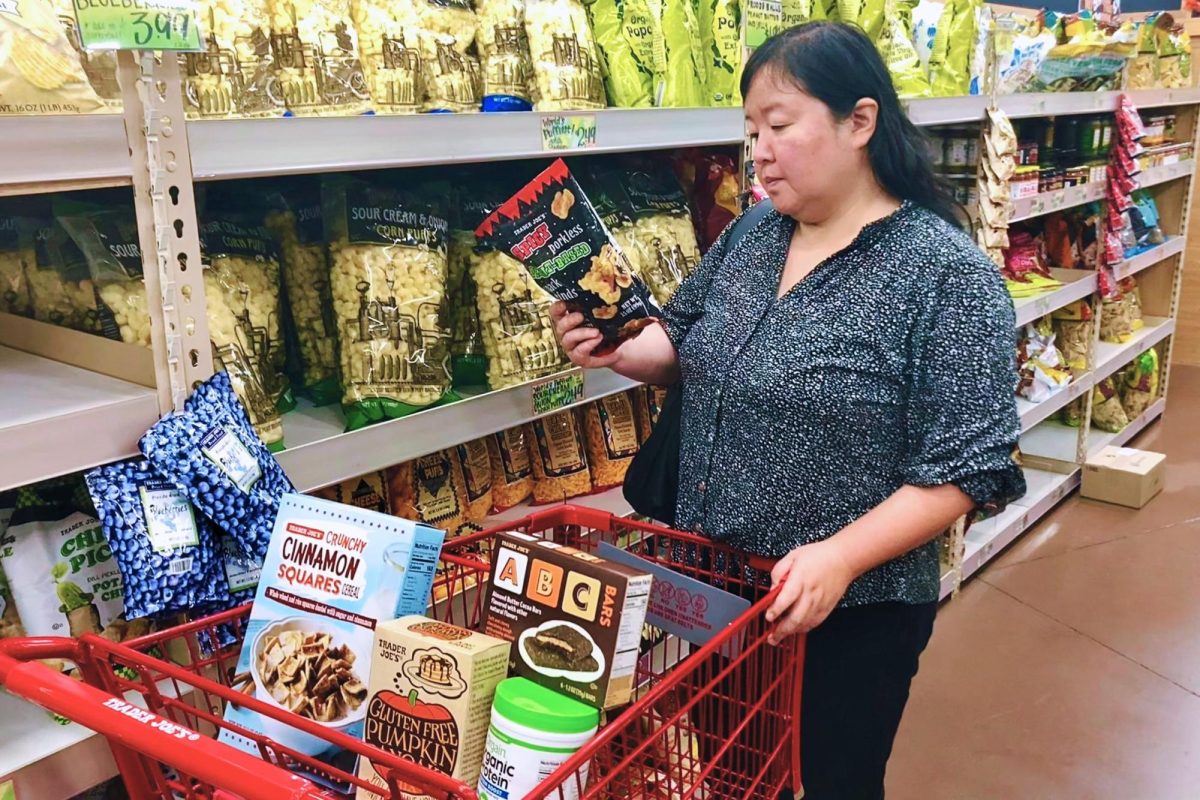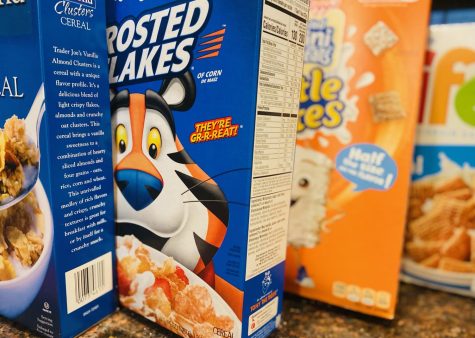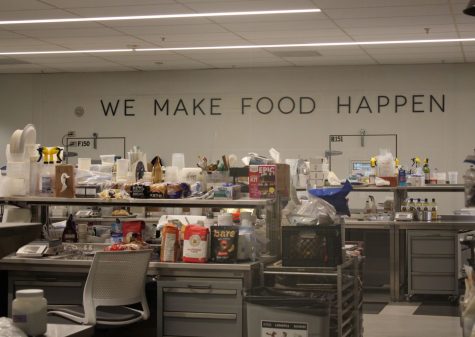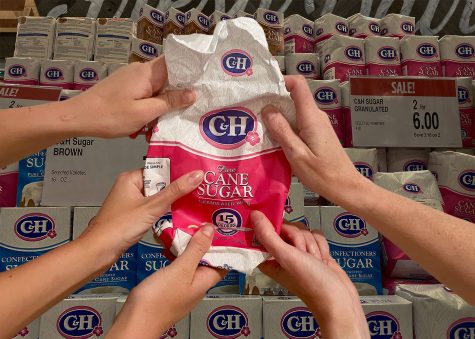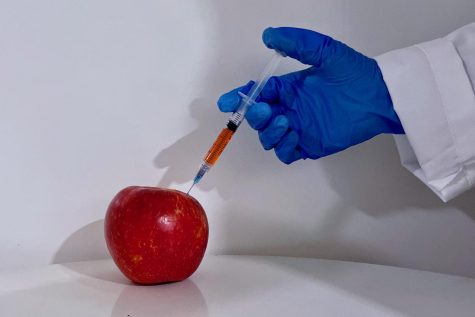Natural. Plant-based. Gluten-free.
As consumers grow increasingly mindful of the contents found in their food, healthy buzzwords have become commonplace on food packaging. While these terms can be helpful for consumers trying to make health-conscious choices, they also raise important questions about transparency within the food industry.
Nutrition is fundamental to maintaining health and essential for people to make informed choices on what they are eating. However, navigating through the plethora of information available to consumers can be challenging.
“It’s a very daunting task because nutrition is a humongous rabbit hole. There’s a bunch of perspectives being pushed all the time and a bunch of authority figures,” said Chris Xu, the president of Carlmont High School’s nutrition club. “Doing your research is very important, but there’s also a lot of really bad research going around.”

When it comes to really deciding how I can trust a label, it’s data and science I can trust, as well as third-party certifications and different seals.
— Executive Director Jacelyn Bowen
The Washington Post recently reported industry groups pay dietician influencers to endorse faulty nutritional advice and downplay the adverse health effects of certain ingredients. According to Medical News Today, food companies often sponsor studies and research, raising ethical concerns about the credibility of their results.
Misinformation makes it difficult for consumers to educate themselves on healthy dietary practices. Because of this, people often lack accurate knowledge regarding the food they consume.
According to the U.S. Federal Drug Administration (FDA), more than 80% of Americans are not getting enough nutrition. As a result, they are at higher risk of long-term health issues like heart disease, which is currently the country’s number one leading cause of death (CDC.gov).
The FDA permits companies to use front-of-package label claims as a way to make informed food selections easier for consumers. However, not all terms are regulated.
“The FDA and USDA regulate certain claims like ‘low-fat,’ and ‘organic.’ With some other claims, such as ‘non-GMO’ or ‘natural,’ there can be inconsistencies with the definitions because it’s not regulated by government agencies,” said Wennie Mo, a regulatory specialist at the Foster City-based food development company Mattson.
Label claims relate to various aspects such as nutritional content, sourcing, dietary compatibility, or key ingredients. In the many cases where no overarching body regulates these terms, companies can use them at their own discretion.
“There are a lot of words that have been diluted and companies have taken advantage of them. If those words are being used, you can expect they might be correlated with what they’re actually talking about. But you can’t always be sure,” Xu said.
When food companies fail to be completely transparent and truthful with their claims, the burden is placed on consumers to figure out what products they can trust.
“When it comes to really deciding how I can trust a label, it’s data and science I can trust, as well as third-party certifications and different seals showing that it’s not the brand making their own claim, but rather, it’s a third party organization attesting to the confidence and accuracy and reliability of that claim,” said Jacelyn Bowen, Clean Label Project Executive Director.
In recent years, consumers have initiated a clean label movement that promotes natural ingredients, simplicity, minimal processing, and transparency. Beyond nutritional value, clean labeling also extends to address ethical sourcing and food safety.
Clean Labels Project is a nonprofit organization that focuses on testing products for environmental and industrial toxins such as heavy metals, pesticide residues, and plasticizers.
“Clean Label Project perceives compliance with federal regulations as table stakes. It’s the minimum you need to do to legally sell a product, but it shouldn’t take an act of Congress to voluntarily think of food safety differently. If these are the values and concerns of consumers, then brands should align with that expectation,” Bowen said.
More and more people are paying attention to what food they consume. According to a survey conducted by Innova Market Insights, 60% of global consumers are interested in where their food comes from.
Consumer demand for clean food products supports the rapid growth of the global health and wellness food market. According to Research and Markets, the industry is currently valued at $124.26 billion and is projected to nearly double by 2030.
These consumers hold the power to hold companies responsible and demand change in areas they are concerned about, whether that be food safety or transparency in food marketing.
“I consider consumers the arbiters of truth. They can ask questions and demand answers. Likewise, brands are in the position to choose whether or not to listen to consumers. But the reality is if one brand doesn’t want to, another brand will fill that void,” Bowen said.
Concerns regarding nutrition and food sourcing have also led to a rise in natural diets that aim to avoid packaged food entirely.
However, this does not mean that only foods with natural-sounding ingredients are safe. While long and complicated ingredient lists can indicate that a food is highly processed, some of the hard-to-pronounce ingredients are harmless chemical names.
Deciding what food is ‘healthy’ is on a very individual basis. Just because something is labeled a certain way doesn’t mean it will cater to your diet.
— Chris Xu
“In terms of the long, multi-syllable ingredients that consumers might find a little intimidating, they are required by law to use chemical names and not the general term. Many of these chemicals are naturally occurring and not necessarily bad for you,” Mo said.
Ultimately, labels and packaging do not tell the full story of a food product, and transparency in label claims serve to help consumers make conscious choices based on their own philosophies of how to eat.
“Deciding what food is ‘healthy’ is on a very individual basis,” Xu said. “Just because something is labeled a certain way doesn’t mean it will cater to your diet. You have to look beyond the labels and the packaging and view each thing as its own product.”

